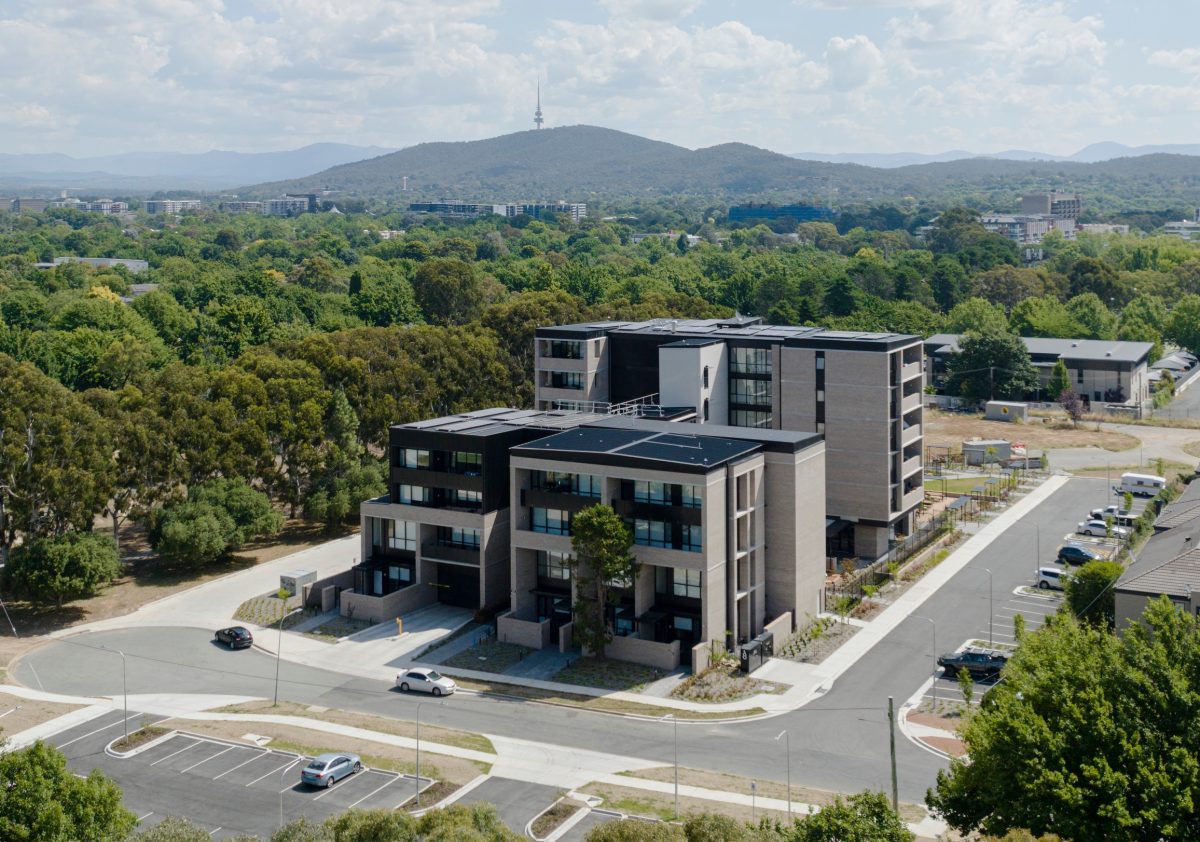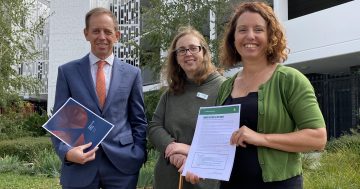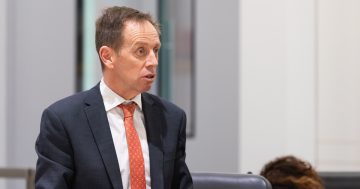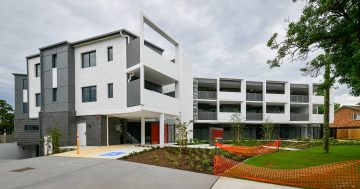
Common Ground Dickson provides homes for individuals and families experiencing or at risk of homelessness, and affordable housing for low-income Canberrans. Australia needs more. Photo: Kiernan May.
Congratulations to the Greens for wringing a couple of concessions out of the Albanese Government on its housing bill, and with a vote, this week put off, there may still be time to gain a few more.
The government’s bill will establish a $10 billion investment fund, with the returns to go towards building social and affordable housing from 2024-2025 – with a spending cap of $500 million a year.
It says the Housing Australia Future Fund will eventually help build 30,000 social and affordable homes.
The Greens say this is not the kind of response required to fix a crisis of such magnitude.
They prefer no delay until next year, direct funding, not relying on playing the share market, and a much bigger target based on spending $2.5 billion a year, as well as spending $1 billion on a rent freeze that the Federal Government coordinates with the states and territories.
The government says the Greens are being unrealistic, but Housing Minister Julie Collins has offered to remove the cap and spend a minimum of $500 million a year, while a rent freeze is considered unworkable.
The Greens are right. The response won’t be enough.
That view was bolstered by a report from the Australian Housing and Urban Research Institute on Thursday (15 June) calling for a national strategy that would aim to grow social and affordable rental housing by 950,000 dwellings to 2041, or 50,000 a year.
That’s much more than the government’s 8000 over the next five years.
It argues that the current approach to housing is incoherent and fragmented and needs to be brought under federal leadership through Housing Australia.
It also believes the strategy should have a mission of adequate housing for all and encompass a range of policies that intersect with housing, including tenancy law, migration, finance and taxation.
The report argues that policies designed to boost home ownership, such as preferential tax treatments and first-home owner grants have done the opposite, making homeowners the most subsidised sector in the housing system and locking out those without access to family housing wealth.
It says that housing-related taxation, housing finance, and planning and development regimes should be aligned with Australia’s housing and homelessness missions.
In short, a piecemeal response that doesn’t get to the nub of the problem is not going to work.
Australia would not be on its own embarking on such a plan, with the report pointing to Canada’s 10-year housing strategy, which is at the halfway point, and approaches in Europe, notably Finland.
These offer lessons for Australia, it says.
So the Greens are not that far off the mark when they argue that the Albanese Government needs to do more.
But in the poker game on the Hill, the Greens will need to know when to fold and take whatever wins it can achieve.
Labor has at least put the Commonwealth back in the housing game, and the investment fund and the homes it will help build will be better than nothing.
The Greens should continue fighting for more but see the bill as a downpayment on a bigger and broader response, as the AHURI report recommends.
Blowing up the bill to make a political point would only damage their credibility as a productive force in the Parliament.
Voting for the bill would be a win-win – they can say they fought the good fight and can continue to press the government, and there will be some progress at least.
The onus will then be fully on Labor to actually deliver on housing.




















